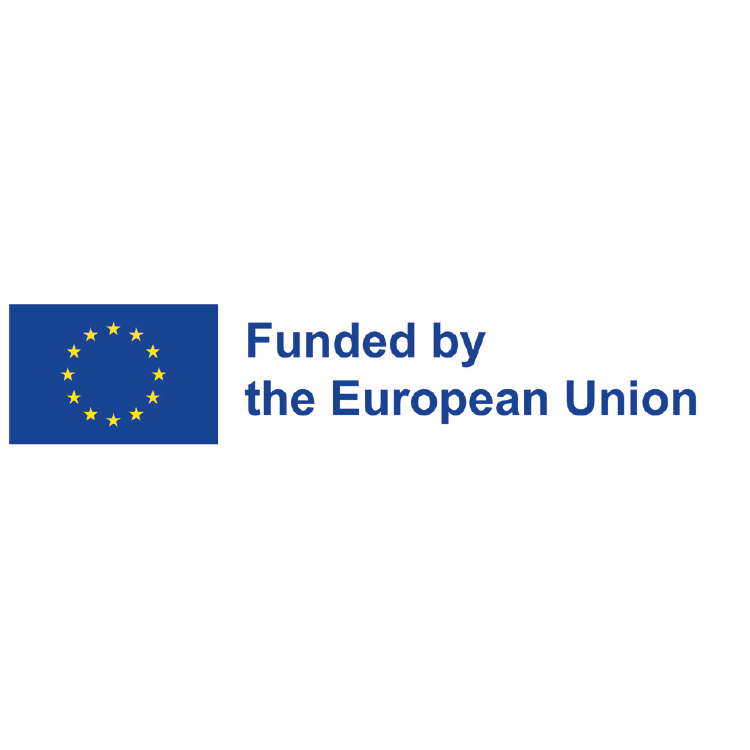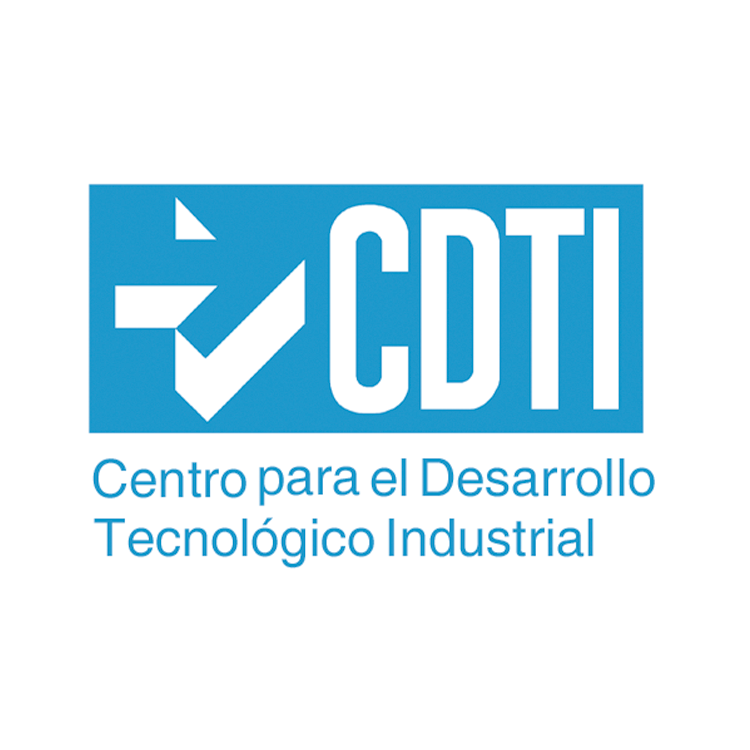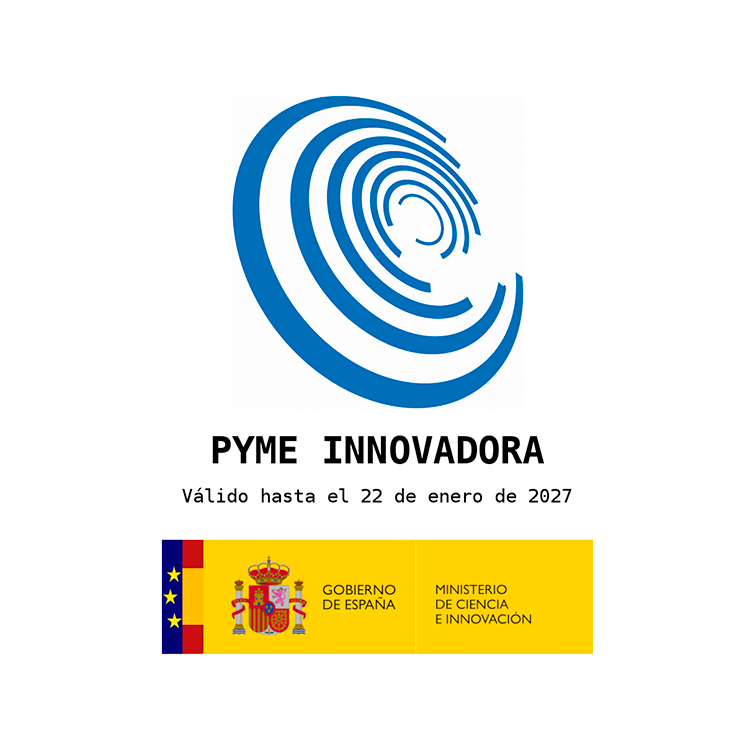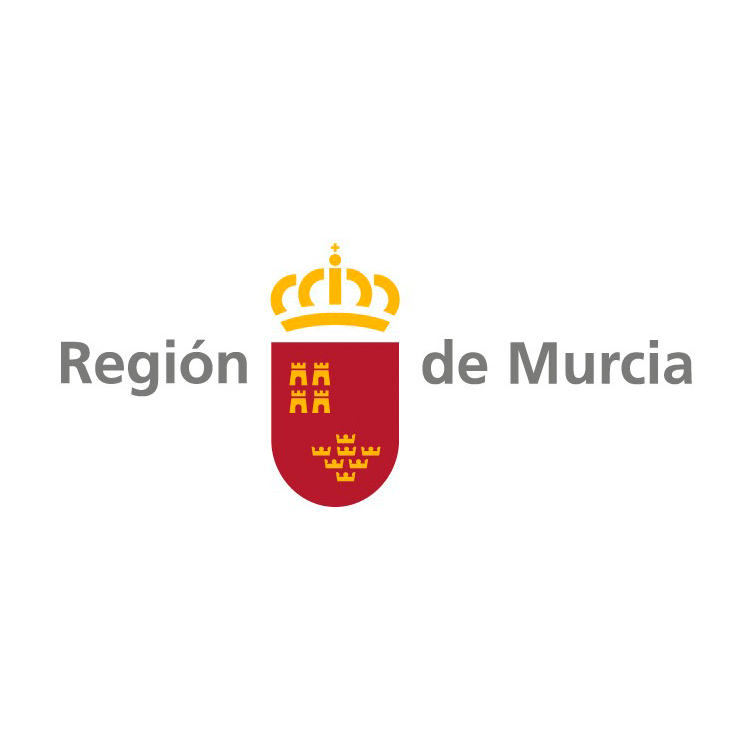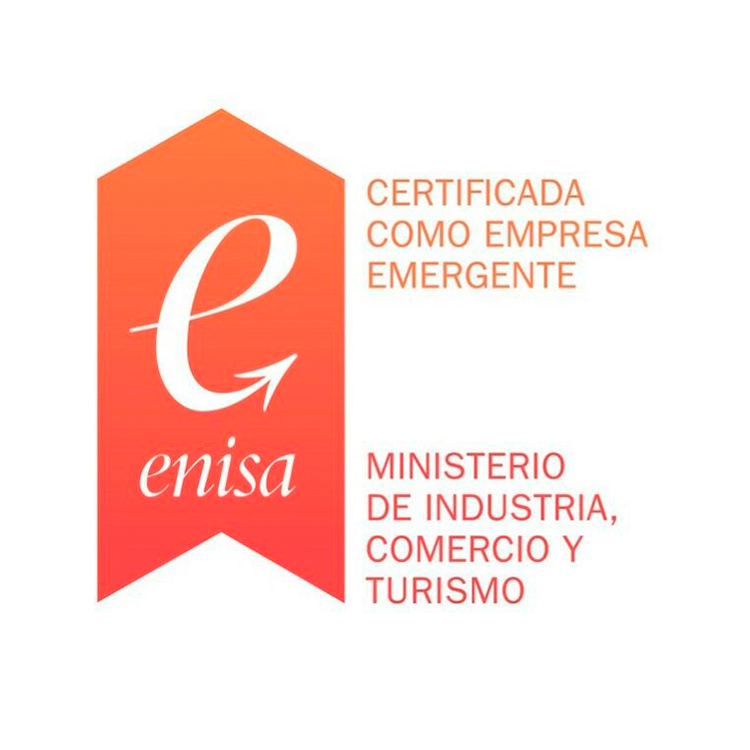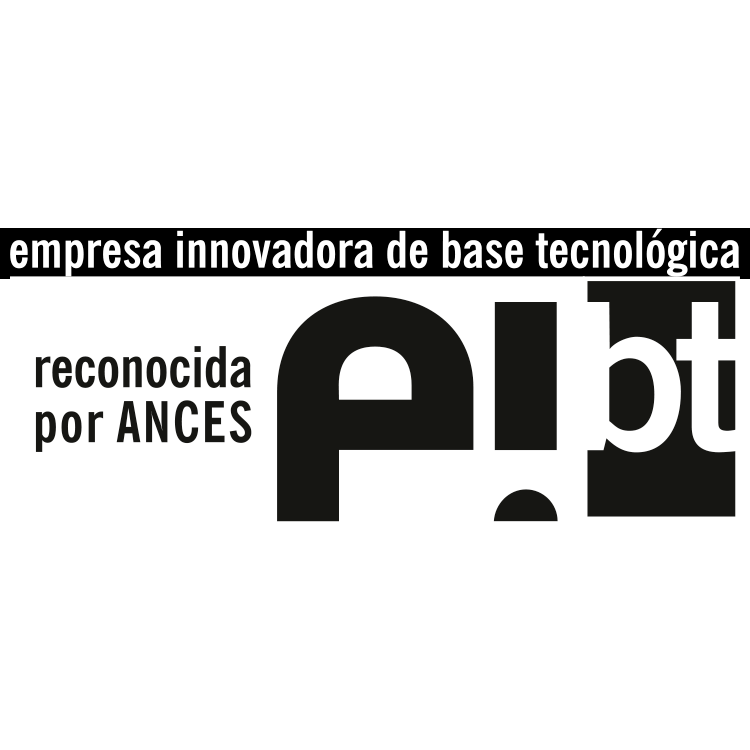Viva In Vitro in Europe
European Innovation Council (EIC)
VIVA-ELISA® will bring much-needed new functionality to clinical settings, enabling early detection of immunosuppressed septic patients with NLRP3 that will allow physicians to provide timely and personalized treatment and care, ensuring better patient outcomes and reducing healthcare costs.
In the framework of the ERC SPEDI-TEST project, we introduced a pioneering approach to quantify NLRP3 inflammasome activation in blood myeloid cells, based on the detection of ASC speckles by flow cytometry.
Our technique involves stimulating a small blood sample with reagents that mimic a secondary infection ex vivo. We then measure the patient’s immune response by assessing NLRP3 activation and ASC stain formation.
Project objectives
Complete the adaptation of the in vitro method developed in the ERC SPEDI-TEST to a fully scalable clinical trial system.
The first 8 months of the project will focus on the development of a RUO ELISA and the development of proprietary antibodies.
It will include all reagents for whole blood stimulation, biomarker extraction and ELISA detection.
The steps, validated with clinical samples, will be performed manually with standard laboratory equipment.
This ELISA will have reduced incubation times, improved sample handling, simplified procedures and compatibility with automation by ELISA robots, when available.
Conduct analytical and clinical validation of the system, including:
- Performance validations: safety, compatibility, reproducibility and robustness.
- Clinical validation:
– Evaluate the prognostic ability to identify NLRP3 inflammasome deterioration in blood samples from septic patients.
– Evaluate the superiority of early detection of NLRP3 in blood cells compared to common scores, biomarkers and risk factors.
Complete the process for regulatory approval by:
- Implementing a quality, risk and post-market management system.
- Reparing for regulatory approval in the US market.
- Preparing technical documentation for CE marking application.
Design measures for market deployment and future exploitation of project results:
- Development of a manufacturing scale-up plan.
- Development of a market access strategy.
- Development of a financing plan for capital increases.
- Explore opportunities for value creation for the system in other conditions (inflammatory, oncological, neurodegenerative).
Project objectives
1
Complete the adaptation of the in vitro method developed in the ERC SPEDI-TEST to a fully scalable clinical trial system.
The first 8 months of the project will focus on the development of a RUO ELISA® and the development of proprietary antibodies.
It will include all reagents for whole blood stimulation, biomarker extraction and ELISA detection.
The steps, validated with clinical samples, will be performed manually with standard laboratory equipment.
2
To develop an optimised ELISA based on the RUO ELISA® that can be seamlessly introduced into clinical practice.
This ELISA will have reduced incubation times, improved sample handling, simplified procedures and compatibility with automation by ELISA robots, when available.
3
Conduct analytical and clinical validation of the system, including:
- Performance validations: safety, compatibility, reproducibility and robustness.
- Clinical validation:
– Evaluate the prognostic ability to identify NLRP3 inflammasome deterioration in blood samples from septic patients.
– Evaluate the superiority of early detection of NLRP3 in blood cells compared to common scores, biomarkers and risk factors.
4
Complete the process for regulatory approval by:
- Implementing a quality, risk and post-market management system.
- Reparing for regulatory approval in the US market.
- Preparing technical documentation for CE marking application.
5
Design measures for market deployment and future exploitation of project results:
- Development of a manufacturing scale-up plan.
- Development of a market access strategy.
- Development of a financing plan for capital increases.
- Explore opportunities for value creation for the system in other conditions (inflammatory, oncological, neurodegenerative).
